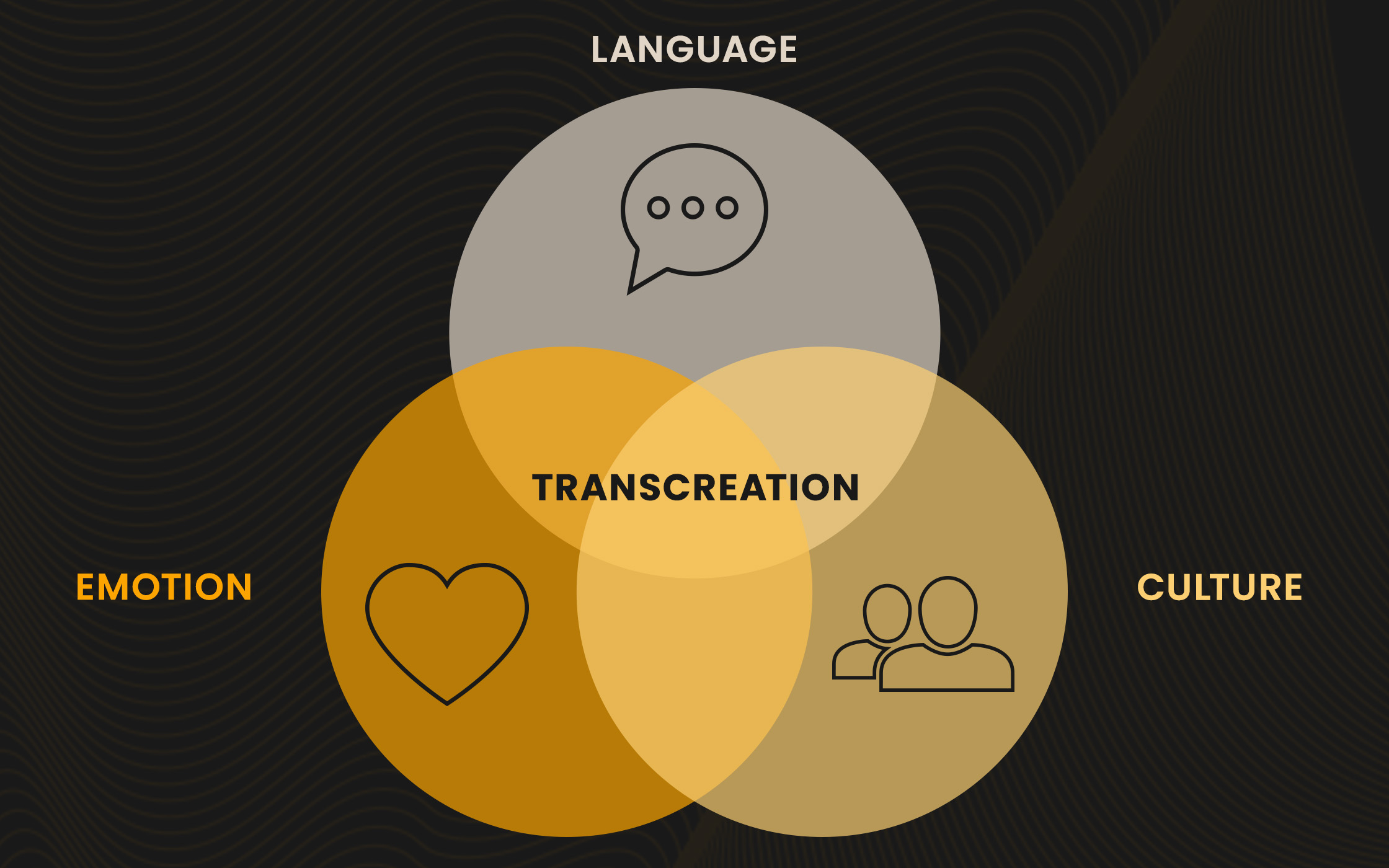Spanish Translation or Spanish Transcreation?
The important difference between Spanish translation vs transcreation
By: Luna Aguilu, Group Account Director
Did you know that the U.S Hispanic population reached 62.5 million in 2021, positioning them as the second-largest ethnic group in the country? In the Sunshine State alone, Hispanics now make up almost 1 in 4 Floridians.
It’s not new to see brands developing campaigns in Spanish or requesting agencies to cast Latinos for their ad campaigns to show cultural diversity. However, with Spanish being the second most spoken language in the nation, it is imperative for brands to start making the extra effort to communicate efficiently if they want to achieve a real connection.
Many times, this means transcreating creative into Spanish versus translating it. While Spanish translation has its place, transcreation is a better way of reaching the Hispanic audience in a meaningful way.
What’s the difference?
Translation is the process of reworking text from one language into another to maintain the original message and communication. Translation is very important to ensure the meaning of the original text translates to a new language properly.
Most of us have heard of the Chevrolet model “Nova” which didn’t sell well in Latin America, as the word “no va” in Spanish translates to “does not work”, which literally means that it’s not going. Translations matter!
Transcreation is the process of adapting content from one language to another to ensure the tone, intent, and style are relevant to the target audience. Transcreation often entails completely revisiting the concept to better resonate with the target culture. Transcreation should be used whenever a brand targets a market with a different language, culture, or location. Some key things to consider:
- It starts with a creative brief:. Transcreation, starts with a creative brief rather than a source text. The brief serves to provide a clear idea of the creative concept and the desired action taken by the target audience.
- It results in new messaging: Usually, messaging written for one target audience will resonate differently with another segment. With transcreation, the result is brand new targeted and localized messaging. It’s imperative to find a trustworthy provider for transcreation, as it can affect your brand’s reputation.
- It takes culture into consideration: As with English, the Spanish language in each region varies depending on region and culture. Although Spanish is often found written in standard or “neutral” form, differences in meaning and dialect flourish throughout the U.S., Latin America, and Spain. Transcreation takes culture into consideration, tailoring the message to best resonate with the target audience.
- It can involve changing the campaign’s look and feel: Transcreation providers often advise clients on the look and feel of their creative assets or campaign, ensuring acceptance and resonance in the local market. The goal of transcreation is to create new content in a new language that reflects the brand’s voice and message.
- It’s made for action: It’s perfectly fine to translate informative texts, but when text is designed to evoke a response from the reader, transcreation ensures marketing content is customized to make a maximum impact on a target market.
- It can cost more: The transcreation process takes longer since it’s more comprehensive, so brands need to allocate a larger budget for these campaigns. However, the implementation of style guides allows a brand and its transcreation service to remain efficient and consistent.
The “Got Milk” campaign in the 90’s was mistranslated into Spanish as “Are you lactating?” Although it may sound funny at first, the implications in Spanish were that mothers could not provide milk for their babies. The California Milk Processing Board had to quickly react and transcreate the campaign and slogan to “Familia, Amor y Leche” (Family, Love and Milk) in order to resonate with the target audience.

Connecting with Hispanic consumers goes beyond creating engaging content. According to the Claritas’ 2022 Hispanic Market Report, businesses seeking to connect with Hispanics should go beyond simply being in-language and should also focus on being in-culture, culturally relevant, and traditionally accurate. Brands need to look beyond demographics… they need to understand audiences’ cultures and values to create campaigns that speak to them authentically.
If you need help with reaching the Hispanic audience in a meaningful way, contact us.
Sources:
